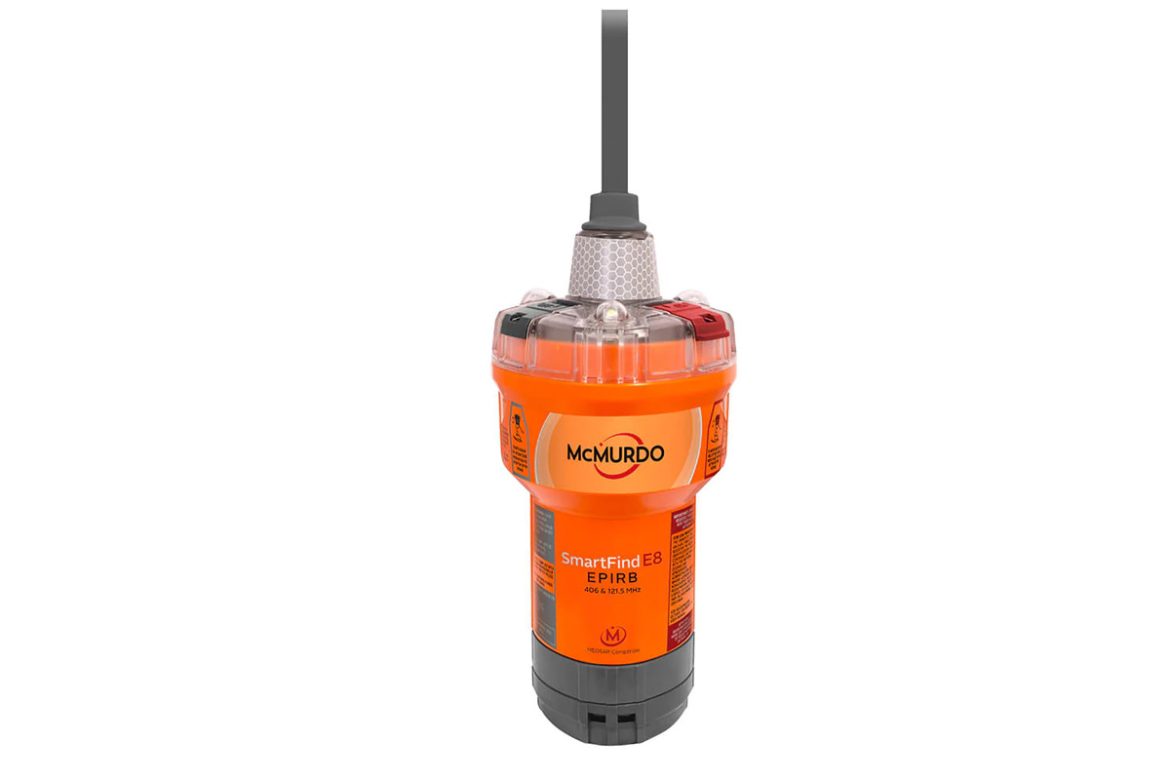As avid anglers, we understand that safety should always be a top priority during any sport fishing expedition. When venturing into open waters, being well-prepared with reliable emergency equipment can make all the difference between a memorable adventure and a potentially dangerous situation. In this in-depth comparison, we’ve compiled the best emergency equipment for sport fishing, each with distinct features and advantages. Let’s dive in!
1. Personal Flotation Devices (PFDs):
Description: Personal Flotation Devices, or PFDs, are essential safety gear for every angler on board. They come in various styles, including traditional life jackets, inflatable PFDs, and buoyancy aids. The primary function of a PFD is to keep individuals afloat in case of an accidental fall overboard or a capsizing incident.
Pros:
- Provides buoyancy and helps prevent drowning, even for non-swimmers.
- Comfortable to wear, allowing freedom of movement while fishing.
- Inflatable PFDs are compact, easy to store, and lightweight.
- Some models come with additional safety features like built-in whistles and reflective strips for enhanced visibility.
Cons:
- Traditional life jackets can be bulkier and restrict arm movement.
- Inflatable PFDs require regular maintenance, including checking CO2 cylinders and replacing them after use.
2. EPIRB (Emergency Position Indicating Radio Beacon):
Description: An Emergency Position Indicating Radio Beacon (EPIRB) is a distress beacon that emits a signal on designated frequencies when activated. It helps rescuers locate the vessel’s position accurately in case of an emergency, such as being stranded far from the shore or in a hazardous situation.
Pros:
- Provides a direct line of communication with search and rescue authorities.
- Uses satellite technology for global coverage, ensuring help can be summoned regardless of the fishing location.
- Floatable models ensure the EPIRB remains active even if the boat sinks.
- Long battery life, typically lasting around 48 hours or more, allowing for extended rescue response times.
Cons:
- EPIRBs can be relatively expensive compared to other emergency equipment.
- Activation errors might lead to unnecessary search and rescue operations.
- Some models may require additional registration fees to be fully functional.
3. VHF Marine Radio:
Description: VHF Marine Radios are a crucial communication tool for sport fishing boats. These radios operate on specific frequencies and channels designated for maritime use, enabling real-time communication with other vessels and the Coast Guard. They can also be used for weather updates and emergency distress calls.
Pros:
- Allows immediate contact with nearby boats in case of an emergency or assistance.
- Continuous monitoring of channel 16 (the international hailing and distress frequency) enhances safety.
- Some models are equipped with GPS technology for accurate position reporting during distress calls.
- VHF radios are generally affordable and widely available.
Cons:
- Communication range is limited to line-of-sight, especially in areas with tall obstructions or vast distances.
- In remote fishing locations, there might be limited or no VHF coverage.
- Inexperienced users may struggle with proper radio protocols during emergencies.
4. First Aid Kit:
Description: A well-stocked First Aid Kit is a must-have on any sport fishing boat. Accidents can happen, and having the necessary medical supplies readily available can make a significant difference in treating injuries promptly.
Pros:
- Enables immediate response to minor injuries and medical incidents while waiting for professional medical help.
- Compact and easy to store in a designated, accessible location on the boat.
- Customizable to include specific items for anglers with known medical conditions or allergies.
Cons:
- Limited to providing basic first aid care; serious medical emergencies may require professional assistance.
- Regularly checking and replenishing the kit’s contents is essential to ensure its effectiveness.
Conclusion:
Before embarking on any sport fishing trip, investing in top-quality emergency equipment is paramount to ensuring a safe and enjoyable experience. Personal Flotation Devices, EPIRBs, VHF Marine Radios, and a comprehensive First Aid Kit are essential components of a well-prepared angler’s arsenal. While each equipment type offers unique advantages, their combination guarantees a higher level of safety on the water, giving anglers the peace of mind to focus on their passion for sport fishing. Remember, preparedness is the key to unforgettable adventures!

